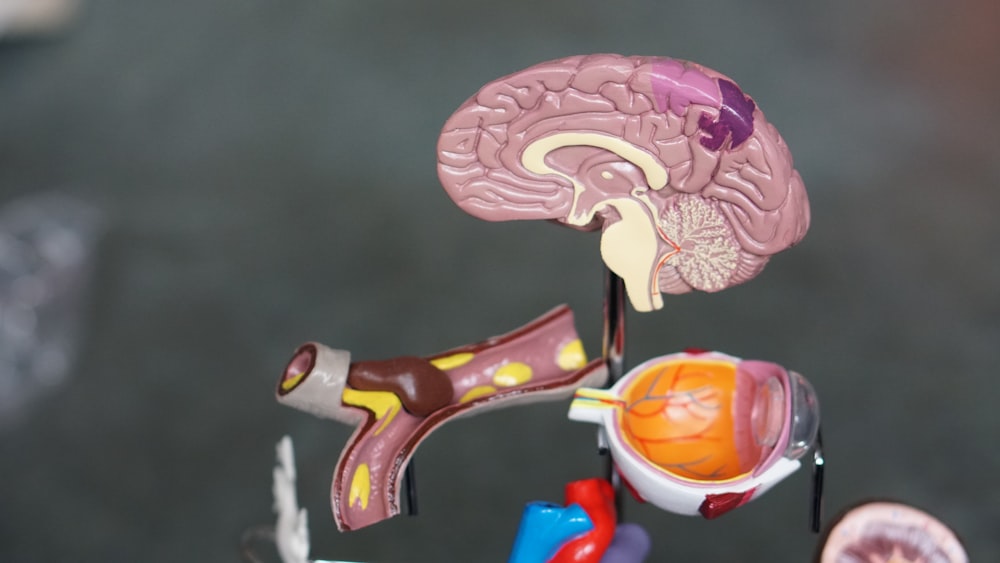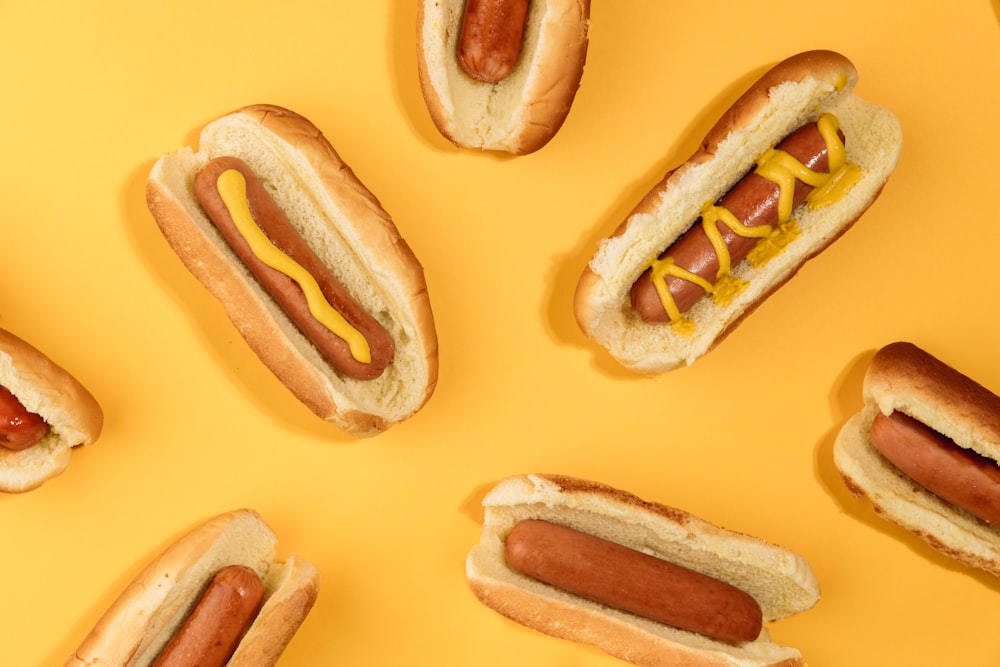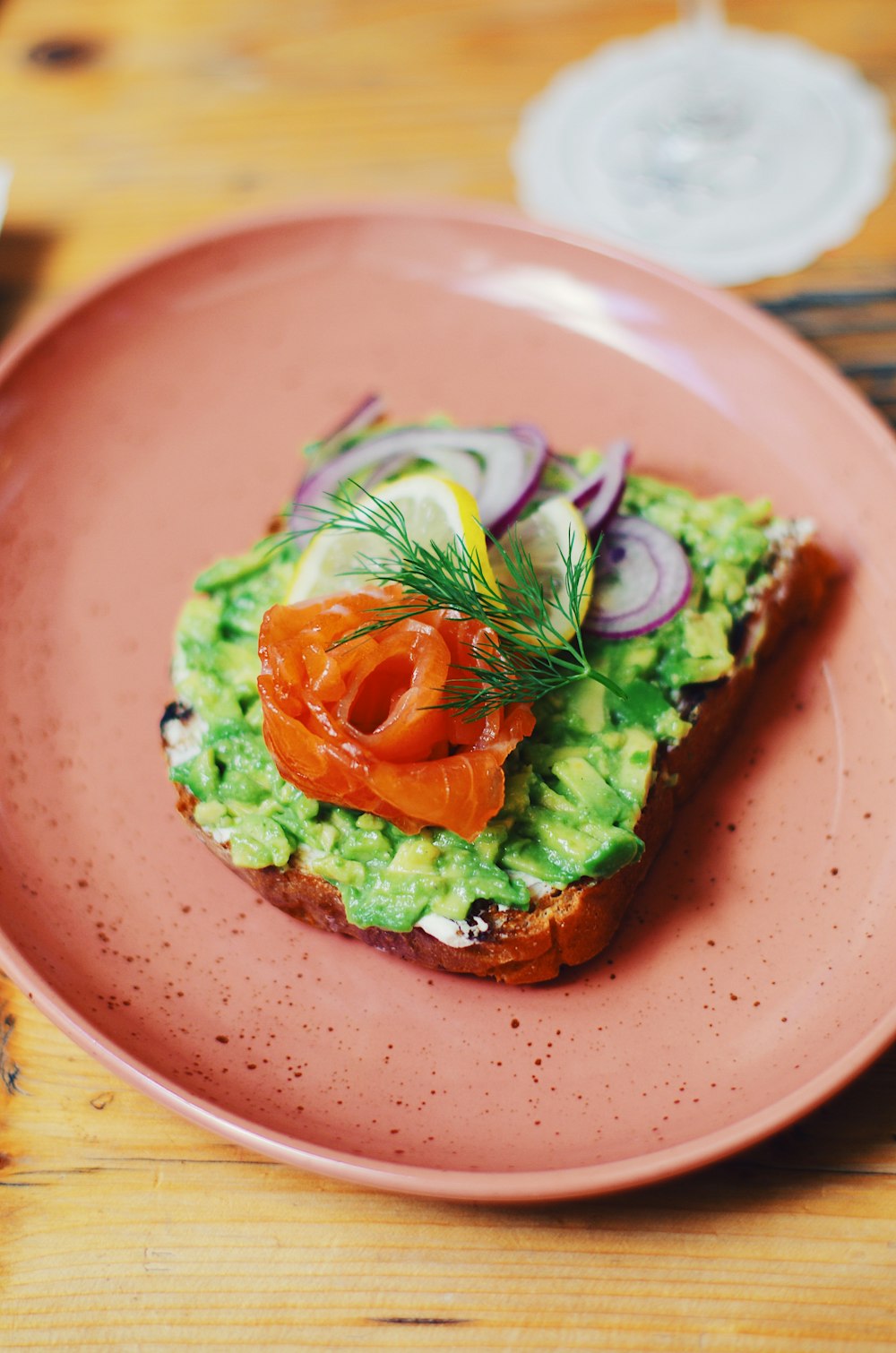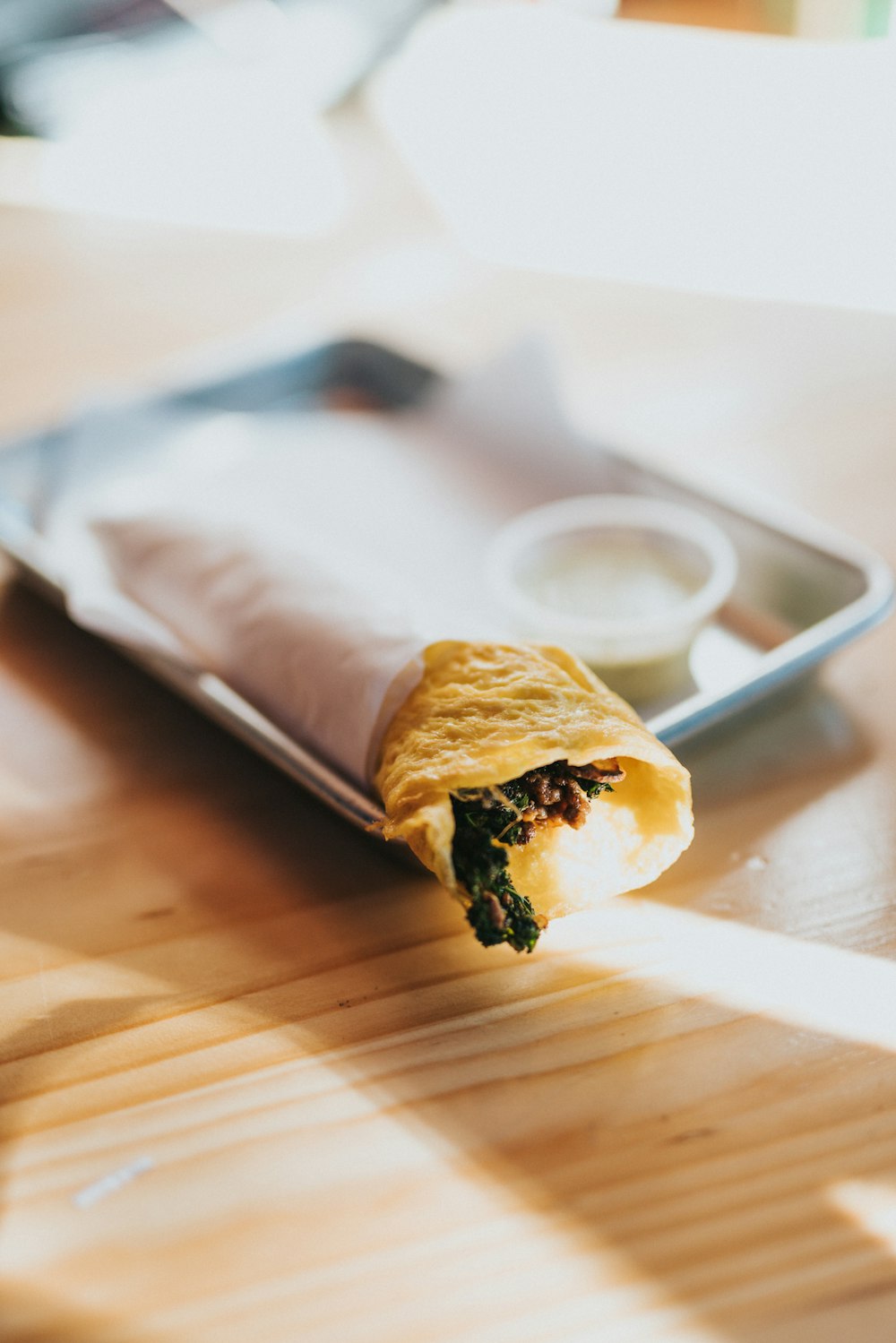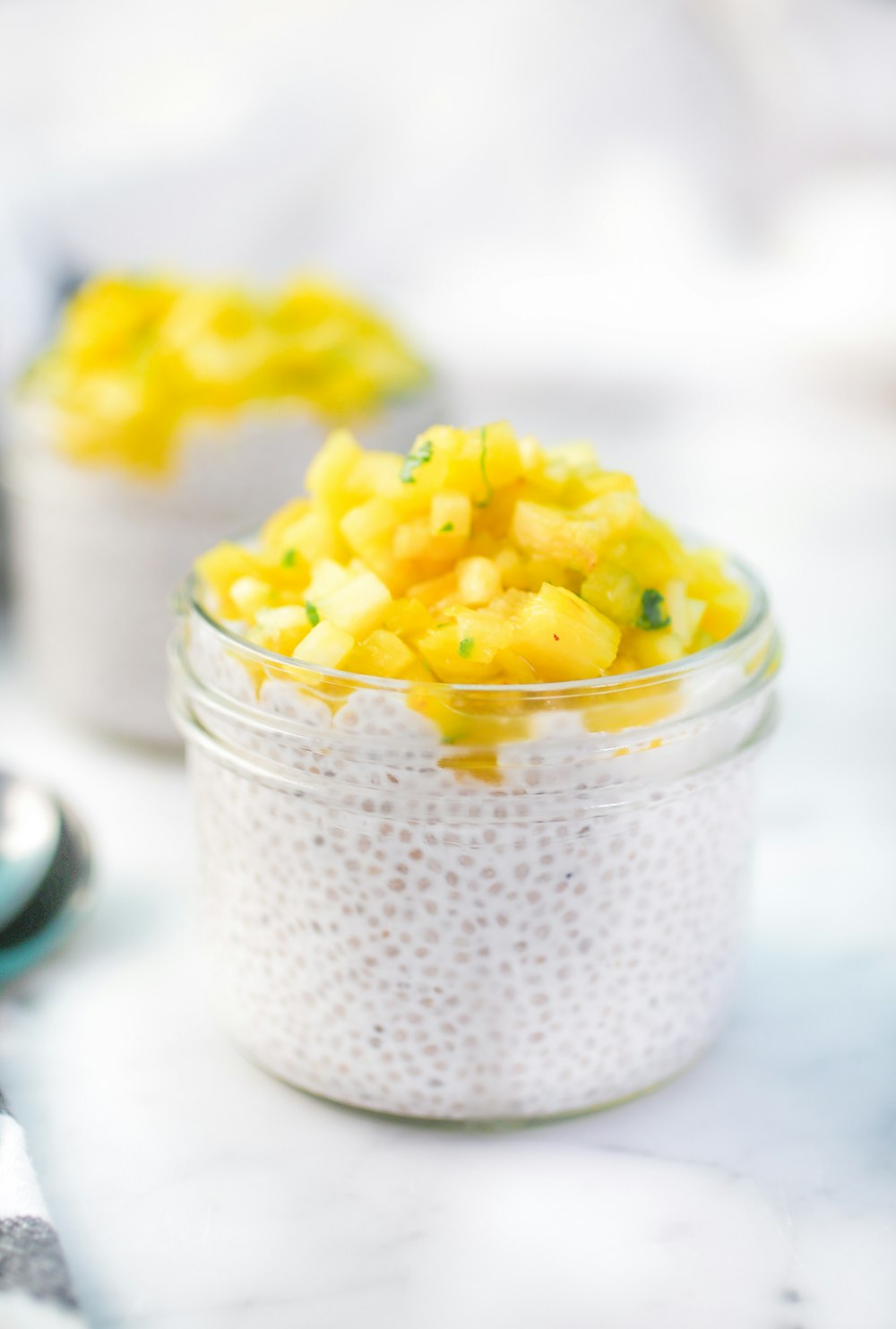Why Fats Are Important in Your Diet

A deep-rooted belief about healthy nutrition is that fats are harmful to our bodies. Through the years, doctors and nutritionists worldwide have advocated low-fat alimentation as the best way to reduce obesity and cardiovascular disease (CVD) risk. Food industries and media have played a significant role, too, with their massive promotion of low-fat foods as the ultimate remedy for your health.
As a result, when we want to lose weight or adopt a healthier lifestyle, fats are one of the first nutrients we cut from our diet. Is it befitting to demonize fats? Do you have to avoid them as much as you can?
Despite being demeaned for so long, it’s now widely accepted that fats are essential to our bodies’ correct functioning, and a deficiency in such nutrients can be counterproductive. In the past few years, several studies have demonstrated that a fat-based diet doesn’t necessarily lead to diabetes, obesity, or CVD; vice versa, it can even help you prevent CVD and lose weight.
There are plenty of reasons why you should have an adequate fat intake. Why are they important in your diet? How much fat should you eat each day, and how to balance them with other food?
Health benefits of fat
Here are some of the benefits that we can get from eating appropriate kinds and right amount of fats from our diet:
Fats are a great source of energy
Fats are energy-dense nutrients: they contain 9 kcal per gram. This value is over two times more than proteins and carbohydrates, which have 4 kcal per gram. At first glance, you might suppose that food rich in calories would make you gain weight. That’s not straightforward, though.
In the past, fats were the primary and most effective source of energy for our bodies. Food wasn’t always at hand; in times of scarcity, eating calories-packed nutrients was a good way to get long-lasting fuel. You might wonder why you need this energy supply if nowadays there’s plenty of food accessible all the time.
The answer is that fats tend to increase your satiety thanks to their high energy load. This means that they act on your sense of hunger, postponing it. So, even if you might feel full later than you’d do if you ate a sandwich or a steak, your long-term satiety increases. With time, you’ll tend to be less hungry. When you eat mostly carbs, you get full immediately, but your sense of hunger increases soon, and you find yourself craving more sugars and eating more.
Fats are essential for many biological functions
Besides giving you an energy boost, fats are necessary for your diet as they’re structural building blocks of your body. They are the primary component of cell membranes and play an essential role in regulating our cells’ activity.
Fats are also important for our brain’s correct functioning, as they model its structure and regulate its activity. Almost 60% of the human brain is composed of fat, especially omega-3 fatty acids. Among them, docosahexaenoic acid (DHA) is the primary component of our brain and cerebral cortex. The best way to introduce it to your body is through diet.
Fatty acids are vital for your body, but many of them can’t be synthetized: you need to acquire them through diet. That’s why a deficiency in your fat intake can have unhealthy effects on your organism.
Fats promote vitamins absorption
Vitamins are essential nutrients, as they perform hundreds of vital activities in our body. Most vitamins can be introduced only through diet; some (A, D, E, and K) are fat-soluble, which means they’re soluble in organic solvents. Their absorption undergoes a mechanism similar to that of fats.
There’s evidence that fats promote vitamin absorption by carrying fat-soluble vitamins. That’s another reason why cutting fats from your diet can have detrimental consequences — it may lead to vitamin deficiency.
Fats make your food tastier
This might not be an ideal health benefit but to those who are a bit picky with their meals, tasty food is a plus. Adding some fats to meals makes them more delicious and it increases the palatability of food.
Think about snacks, fried food, or bakery. They all have some fat in them (like cheese, oil, or butter) that makes them more enjoyable. That’s why, especially when you’re stressed out or feel sad, you’re attracted to such food.
Different kinds of fats
Saturated fats, omega-3, omega-6, triglycerides, and many more: with so many categories and classifications, you may easily get confused. What fats are healthy for your body, and what aren’t?
The first distinction concerns their chemical structure. Fats are made up of carbon chains. While short-chain fats are usually soluble in water, longer chains’ solubility reduces, so does the digestibility. Another distinction regards the type of carbon bond, which can be single or double. You can distinguish among different types of fats according to the kind of bond:
Saturated fats
They don’t contain double carbon bonds. Butyric acid is an example. You can find it mostly in butter, milk, and dairy products;
Monounsaturated fats
There’s only one double carbon bond in their structure. Oleic acid — mainly found in oils, as its name may suggest you — is the most common monounsaturated fat
Polyunsaturated fats
Polyunsaturated fats have more than one double carbon bond in their chemical structure. Linoleic acid (present in vegetable oils) and omega-3 (found in fish like mackerel, salmon, herring, or chia seeds) fall into this category.
Health guidelines recommend preferring mono- and polyunsaturated fats, as they can help you reduce your cholesterol level. Furthermore, due to their chemical structure, they are less viscous and less stiff than saturated ones (this feature makes cell membranes more flexible). There’s still some controversy about saturated fats, though, and recent studies show that they aren’t as harmful as supposed (more information below).
Trans fats
A separate mention goes to trans fats. They’re very rare in nature: most of the time, they’re generated by an artificial process that pumps hydrogen into the molecule’s structure. This process transforms the fat from a liquid to a solid. You can find trans fats mostly in partially hydrogenated oils, which are the primary component of baked and fried food, chips, snacks, and margarine. Trans fats are harmful to your organism in all cases (more on this below), so you should avoid them as much as possible.
A short history of fats
The low-fat ideology roots in the middle of the 1900s when the first scientific studies addressed obesity, CVD, and further diet-related problems. In 1957, scientist Ancel Keys published an article where he reported that fats have a detrimental role in human nutrition. Keys found a correlation between high cholesterol levels and fat abuse and linked a high-fat diet to increased CVD risk. Further research proved that adopting low-fat diets would prevent heart diseases and tackle obesity. With time, low-fat became an ideology, with scientific research, media, and the food industry supporting it.
As a consequence, health organizations all over the world started to recommend limiting fat intake. In 1982, the Canadian food guide promoted a low-fat, carbs-rich diet. This change came after the committee reviewed the available scientific information to tackle the epidemic of obesity and type two diabetes mellitus, as well as CVD.
This approach didn’t seem to bring the benefits it promised. In the same decades as low-fat products exploded, overweight and obesity became an issue in America. This counter-sense led the scientific community to address the low-fat ideology with more doubts. New studies appeared, which showed that a fat-based diet doesn’t necessarily increase the risk of CVD. Other studies demonstrated that a low-carb diet could be more effective than a low-fat diet in reducing weight and CVD risk.
Why do we demonize fats 'too much'?
Despite studies demonstrated they aren’t as dangerous as believed, some fats are still unpopular. Think about saturated fats: health organizations and government guidelines recommend a low intake of such nutrients — as they may lead to obesity, coronary diseases, and a high CVD risk, as Keys showed.
New studies have found that saturated fats aren’t as toxic as portrayed. A 2017 article reported that they don’t increase the risk of coronary heart disease. Some research even shows that replacing saturated fats with carbohydrates may lead to a higher risk of CVD and type 2 diabetes.
What about their effect on your cholesterol? Didn’t Keys show that saturated fats increase cholesterol? It’s important to point out that there are different kinds of cholesterol molecules — HDL and LDL. HDL, short for high density lipoprotein, (which is also known as good cholesterol) is essential for your organism as it cleans up your arteries; thus, a high value of HDL is good. On the other side, LDL (low density lipoprotein) clogs up your arteries and increases the risk of CVD. Recent studies show that saturated fats may increase our HDL levels and provoke structural changes in LDL mass that make it less dangerous for the body.
To conclude, while there isn’t significant evidence that saturated fats are unhealthy, it’s better to limit their intake and prefer high-quality mono- and polyunsaturated fats.
On the other hand, trans fats are absolutely harmful for our body. As said above, they’re very rare in nature, and most of them are industrially produced. You can find them in prepackaged and industrial food as they’re cheap, long-lasting, and enhance the aliments’ flavoru. Trans fats are unhealthy, as they increase LDL and lead to a higher risk of heart diseases. Luckily, regulations all over the world are starting to adopt strategies to prevent their consumption. In 2018, Health Canada banned the use of partially hydrogenated oils in foods all over the country.
Fats are good fuel for your body
You can use either sugar (glucose) or fats as a primary source of energy. The differences are significant.
As soon as the low-fat approach spread globally, food with a low (or zero) amount of fat became more and more trendy. There was a flipside: it wasn’t as tasty as before. To give it a better flavor, producers replaced fats with sugars. This strategy turned out to be counterproductive. Sugar abuse led scientists to investigate what happens to your body with a high-carb diet (when you’re using glucose as the primary energy source).
Researchers found out that a diet high in carbohydrates makes you always hungry, and your body is prone to inflammation. When you eat carbs, your sense of satisfaction after a meal is higher; this means you get full quicker than when you eat fats. But this also means you’ll be hungry quicker. How come?
Most of the food containing sugars makes your glycemic index peak. Soon after you hit a glycemic peak, you crave more sugars. That’s why, when you eat a lot of sugars, you feel like you’re always hungry. That’s not all; there’s some evidence that a diet rich in carbohydrates may increase the risk of CVD diseases.
If you use fats as your main energy source, you won’t experience constant craving for sugars. According to studies, eating fats lowers your sense of hunger, besides the benefits already listed. As fats are calorie-packed molecules, you require less food to get the same amount of energy. Adopting a low-carb diet may help appetite reduction and promotes weight loss. That’s why doctors are starting to encourage fat-based regimes.
Using fats are your primary fuel: the keto diet
The ketogenic diet (otherwise known as keto diet) is one of the most popular fat-based diets. The US doctor Russel Wilder introduced it in 1921 as a treatment against epilepsy. In recent years, it became popular to tackle obesity and CVD.
The keto diet involves a drastic reduction in carbohydrates and an increase in fats consumption. Reducing carbs puts the organism into a metabolic state called ketosis: in this state, your body doesn’t have enough carbohydrates to burn, so it starts to burn fats to make ketones. In other words, the primary energy fuel shifts from glucose to ketones.
As your body begins to use and burn fat more efficiently, weight loss is the first consequence you will experience. But the keto diet has several additional health benefits. It reduces cardiovascular risk and may help to prevent Alzheimer’s disease. There’s also some evidence of an emerging role in cancer treatment.
To put your body into ketosis, you should reduce carbs to maximum of 50 grams per day and replace them with fats. An ideal keto diet would include seafood, eggs, dairies, low-carb vegetables, nuts, and seeds.
The keto diet proved to have several positive effects, but you shouldn’t forget that, like every diet, it has some downsides too. Remember that, before starting it, you should consult your doctor and follow his advice.
How much fat should you eat?
At this point, it’s clear that fats don’t make you gain weight and have lots of benefits for your body. Health organizations worldwide recommend keeping a daily fat intake in the range of 20-35% of total calories to maximize their positive effects. You should avoid all the prepackaged, industrial food (which is loaded with trans fats) and introduce high-quality fat in your diet, such as:
- Fatty fish and seafood. Salmon, sardines, mackerel, mussels, they’re all rich in omega-3. Also, they’re extremely proteic and rich in micronutrients such as zinc;
- Extra-virgin olive oil. That’s a great source of high-quality monounsaturated fats;
- Butter and ghee (from grass-fed cows). They mostly contain saturated fats. Ghee is obtained with a process of “clarification” that eliminates water, casein, and from butter; it’s easier to digest than butter;
- Dried fruit (walnuts, macadamias, pecans, hazelnuts, almonds, pistachios). Besides giving you a quick energy boost, dried fruit contains many mono- and polyunsaturated fats, fiber, and vitamins. They have antioxidant properties too;
- Seeds (chia, flax, sunflower, pumpkin). Seeds are rich in polyunsaturated fats, vitamins, and minerals;
- Eggs. In the past, eggs have been blamed for increasing your cholesterol levels. Today, it’s widely accepted that eating eggs doesn’t lead to higher CVD risk. They are highly nutritional food, as they contain omega-3, monounsaturated fats, and are also an important source of proteins and minerals (calcium, ferrum, and zinc);
- Avocado and olives. They’re loaded with healthy fats, as well as a lot of antioxidants.
Here are some additional tips to optimize your healthy fats intake:
- Prefer olive oil to margarine, sunflower oil, and other industrial oils;
- Try to have some dried fruits or seeds at hand: they’re a delicious snack, and you can add them to yogurt for an energizing snack;
- Avoid processed food (snacks, frozen pizza, cookies, wafers, fried food);
- If you eat outside, look for food low in partially hydrogenated fats.
How to introduce more fats in your diet? Some recipes
Eating healthy doesn’t have to be boring. It’s easy to prefer prepackaged food or indulge in tempting snacks all over the day — especially if you’re stressed out or don’t have time to cook. The good news is that it’s still possible to enjoy a delicious and healthy meal even if you’re in a hurry or aren’t in the mood of cooking. Here are some recipes to increase your fat intake without renouncing the taste of the food you eat.
Salmon and avocado toast
A lovely idea for a quick breakfast or a tasty lunch break, salmon and avocado toast is an amazing way to get your fill of healthy fats. Preparing it is simple:
- Cut two slices of bread and brush them according to your preference;
- Garnish with extra-virgin olive oil;
- Spread avocado over the bread, then add smoked salmon, tomatoes, pepper, and red onion.
If you’re willing to start (or are doing) a keto diet, you can try a bread-free variant: check this recipe for grilled salmon with avocado salsa.
Veggie omelette
Eggs are among the most nutritional foods you can eat. What’s better than enjoying them in a warm, soft omelette? Vegetarian omelette it’s perfect at any time in the day: as a breakfast, to start the day with lots of energy, or as a light dinner.
To make a veggie omelette, you need a good non-stick pan, a drop of olive oil or some butter to grease it, and a wooden spoon (or a spatula) to not damage the pan. Here’s the procedure:
- Cut the veggies, and cook them if necessary. It’s up to you what vegetables to add to your omelette. Some suggestions: onions, zucchini, spinach, or chopped cherry tomatoes. You can also mix them up;
- Crack the eggs into a bowl, add a pinch of salt and pepper, and beat them with a fork;
- In the pan, melt a knob of butter or warm-up one spoon of olive oil;
- Once the butter is melted (or the oil is warm), mix your veggies with the eggs. Add this mixture to the pan, and spread it all over the surface to make sure it has the same thickness;
- When the omelette starts to firm up, quickly turn it over to the other side (you might need a cover or a flat plate for this procedure);
- Serve immediately, and enjoy it!
Chia pudding
Chia pudding is a fresh dessert you can enjoy at any moment of the day. It’s very easy to make, as the essential ingredients are milk and chia seeds. You can also substitute milk with its vegetable variants: almond, rice, or coconut milk. If you want, you can add a sweetener and some toppings. To prepare your chia pudding:
- Add two tablespoons of chia for each half cup of milk. You might change the ratio according to your preference. More chia makes the pudding denser, and vice versa;
- Mix with a spoon until you incorporate the chia seeds into the milk;
- Put the pudding in the fridge and leave it for at least two hours. Put the pudding in the fridge and leave it for at least two hours. The chia seeds will absorb the water and swell, creating a pudding-like consistency;
- You can add some sweetener (honey for example), or some tasty topping like chocolate chips, fresh fruit, dried fruit, or sunflower/pumpkin seeds before serving.
For more recipes with high fat content, check these keto diet cookbooks:
Why fats are important in your diet: a wrap-up
The most important point you need to take home after this long post is that fats are important in your diet. They don’t make you gain weight, are vital for your body, and have several health benefits.
- Fat isn’t toxic for your body. On the contrary, it’s an essential nutrient due to its structural biological functions;
- The fat you introduce with diet doesn’t have a relation with body fat. A diet rich in fats can even help you lose weight;
- A fat-based diet doesn’t increase the risk of coronary disease or other cardiovascular diseases;
- Stick to 20–35% of fats for an ideal daily intake;
- Avoid processed, prepackaged food, and junk food, rich in trans fats;
- Have a balanced and varied diet.
Know when you are getting too much fat in your diet
While fat can be beneficial, with age and improper intake, fats from diet can also cause negative effects, especially in terms of weight management. In fact, obesity is a growing concern in older people and individuals who consume too much fat. This is because as part of the aging process, the ability of our bodies to manage weight and manage fat in the body declines. High levels of fat then triggers several health issues. However, with a little workout, appropriate exercise, healthy food choices, and regular visits with a physician, including some fat in the diet could be beneficial.


